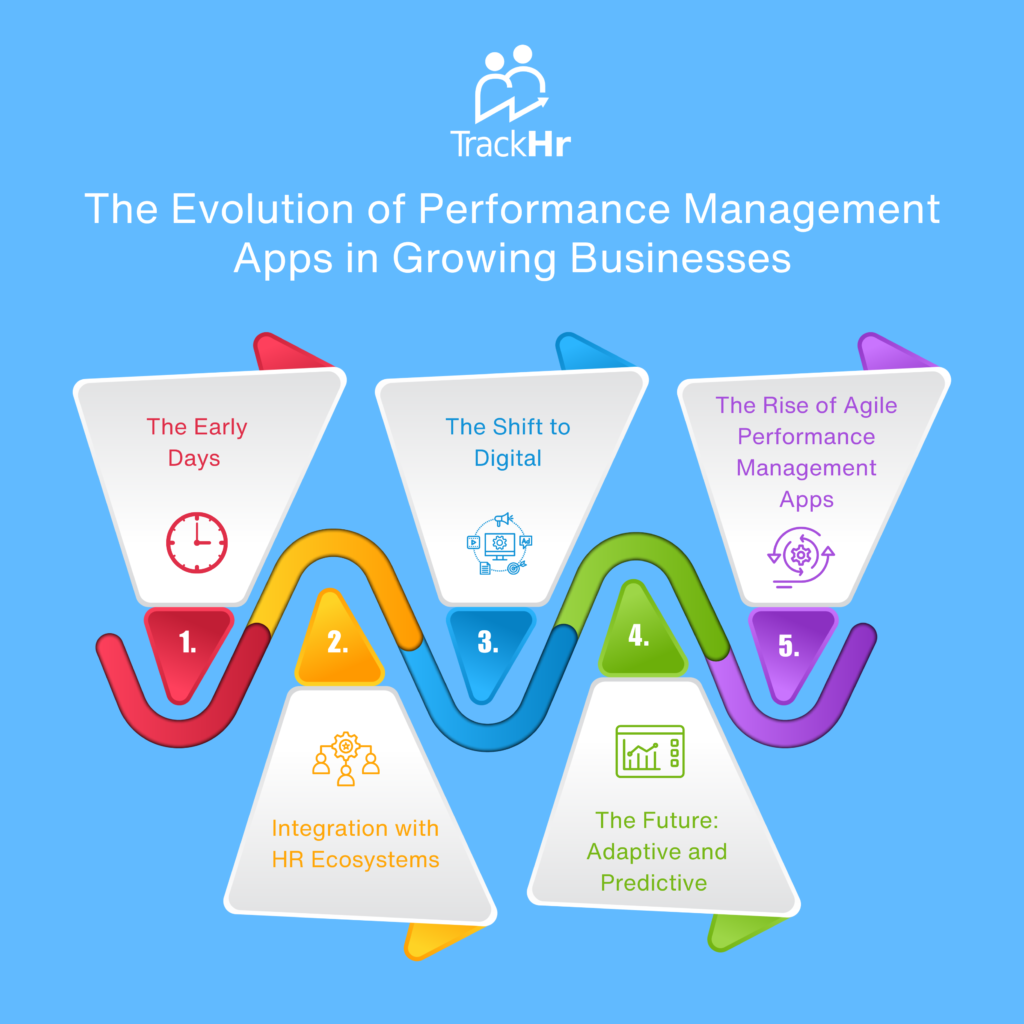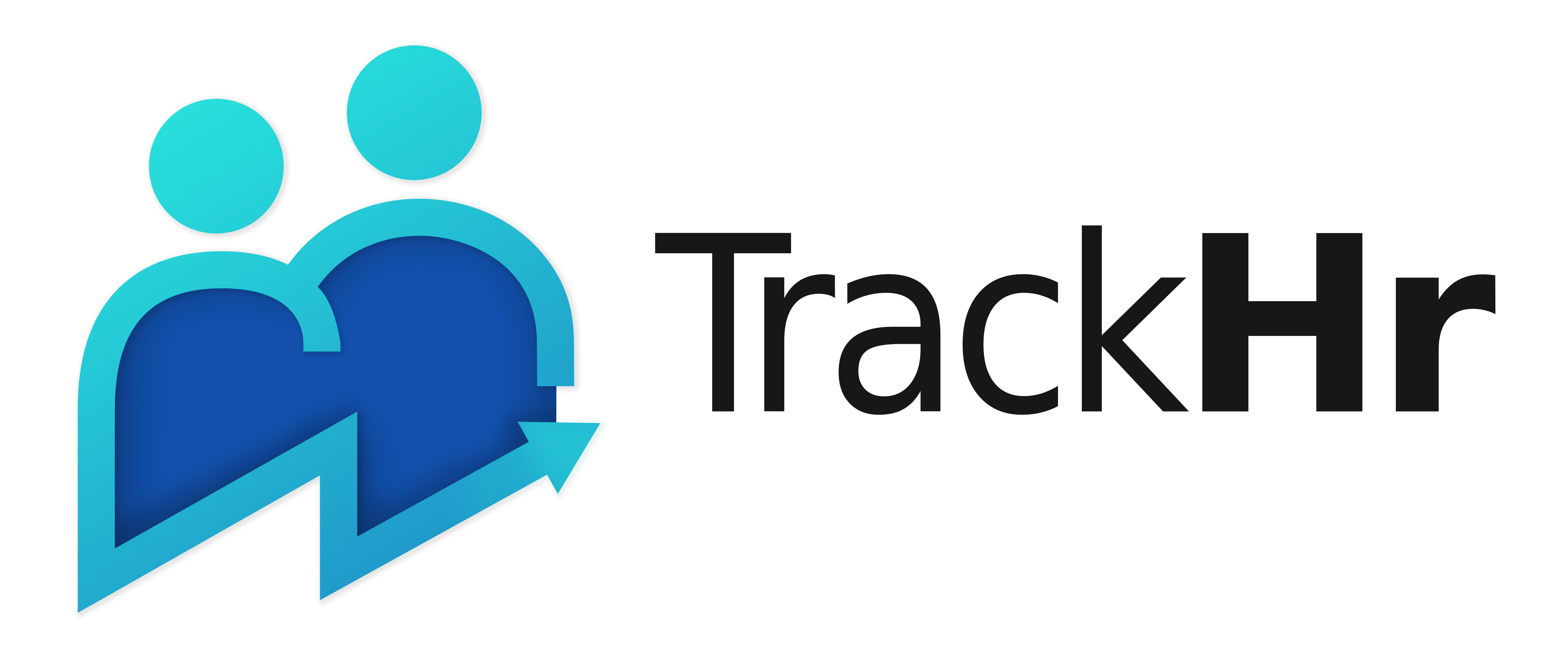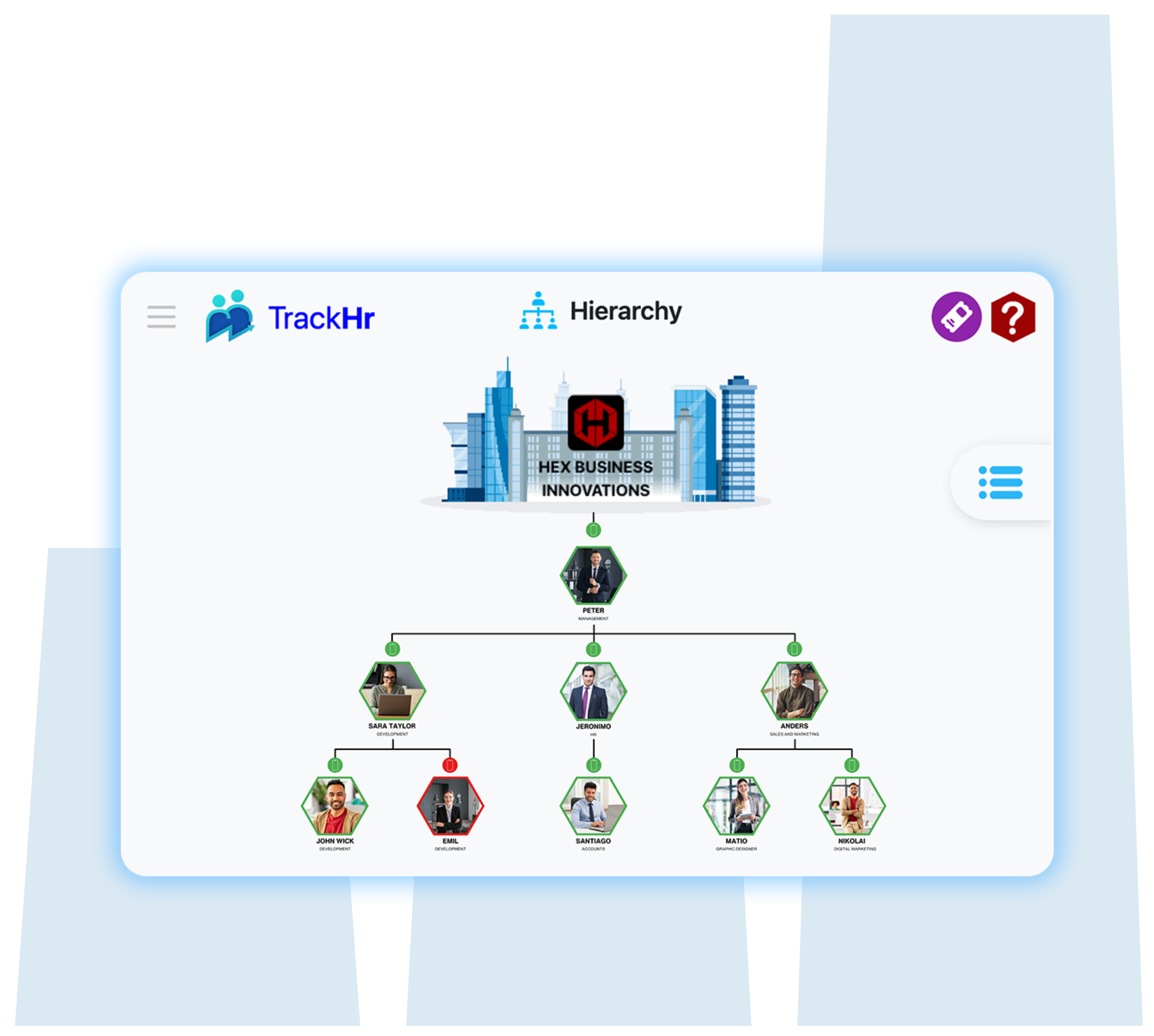Friday, 14 Jun 2024
The Evolution of Performance Management Apps in Growing Businesses
In today’s fast-paced business world, managing employee performance effectively has become crucial for achieving organizational success. The journey from traditional performance management to advanced performance management apps reflects the broader evolution of workplace technology and methodologies. Here’s a look at how performance management apps have evolved and their impact on growing businesses.

The Early Days: Traditional Performance Management
Traditionally, performance management involved annual reviews, paper-based evaluations, and subjective assessments. Managers would typically fill out lengthy forms, provide feedback based on memory, and discuss performance in scheduled review meetings. This process had several limitations:
- Infrequency: Annual reviews meant that feedback was often outdated and not actionable.
- Subjectivity: Evaluations were largely based on the manager’s perspective, leading to potential biases.
- Lack of Engagement: Employees often viewed the process as a formality rather than a constructive tool for growth.
The Shift to Digital: First-Generation Performance Management Software
The digital revolution brought the first wave of performance management software. These early systems aimed to streamline the cumbersome paper processes into digital formats, offering several improvements:
- Efficiency: Digital forms and databases replaced paper, making the process faster and more organized.
- Standardization: Consistent criteria and templates helped reduce subjectivity and ensure fairer evaluations.
- Accessibility: Information could be stored centrally and accessed by relevant parties as needed.
However, these systems still operated largely on the same principles as traditional methods, focusing on periodic reviews and evaluations without addressing the need for continuous feedback and development.
The Rise of Agile Performance Management Apps
The next significant shift came with the rise of agile methodologies and continuous improvement philosophies. Modern performance management apps began to incorporate these principles, leading to several key developments:
- Continuous Feedback: Moving away from annual reviews, these apps facilitated ongoing feedback and real-time performance tracking.
- Goal Setting and Alignment: They allowed for dynamic goal setting, aligning individual objectives with organizational goals and adjusting them as needed.
- Employee Development: Emphasizing personal and professional growth, these apps included features for career development, skill tracking, and training recommendations.
Integration with HR Ecosystems
As businesses grew and technology advanced, performance management apps started to integrate with broader HR ecosystems. This integration provided a holistic view of employee data and streamlined HR processes, enhancing overall efficiency and effectiveness. Key features of these integrated systems include:
- 360-Degree Feedback: Incorporating input from peers, subordinates, and customers to provide a well-rounded view of performance.
- Data Analytics and AI: Utilizing data analytics and artificial intelligence to identify performance trends, predict future outcomes, and personalize employee development plans.
- Engagement and Well-being: Including tools to monitor and enhance employee engagement and well-being, recognizing that happy employees are productive employees.
The Future: Adaptive and Predictive Performance Management
Looking ahead, performance management apps are poised to become even more advanced, leveraging emerging technologies to adapt and predict rather than just report. Future trends may include:
- Predictive Analytics: Using machine learning to predict performance outcomes and identify potential issues before they arise.
- Adaptive Learning: Providing personalized learning paths and development plans based on individual performance data.
- Real-Time Adjustments: Enabling managers and employees to make real-time adjustments to goals and strategies in response to changing business environments.
Conclusion
The evolution of performance management apps reflects the broader technological and methodological advancements in the business world. From cumbersome paper-based processes to agile, integrated, and predictive systems, these tools have significantly enhanced how businesses manage and develop their most valuable assets: their people. As businesses continue to grow and evolve, so too will the tools they use to ensure that their teams are performing at their best, driving success in an increasingly competitive landscape.



